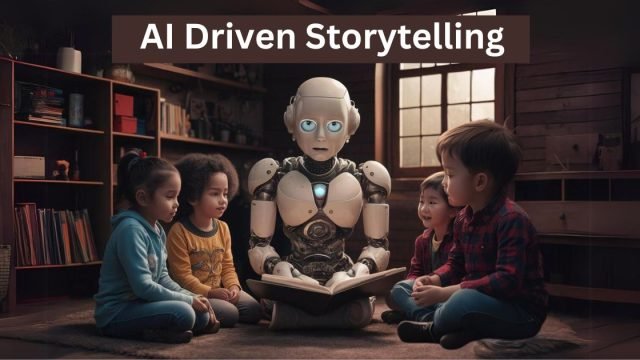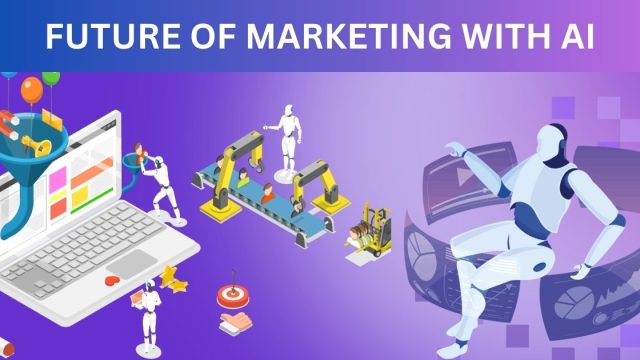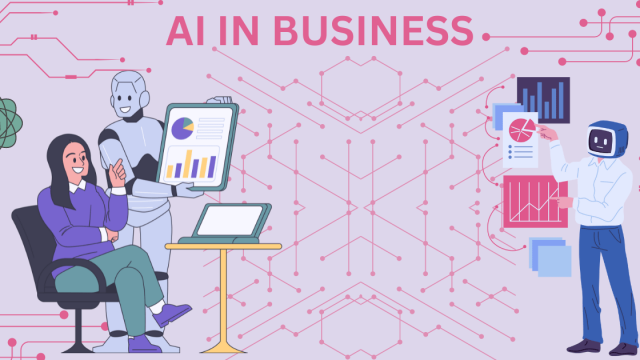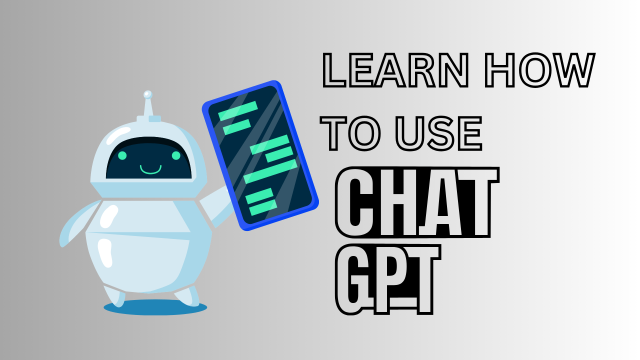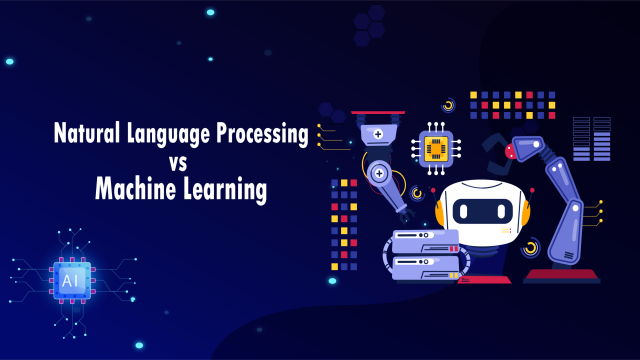Currently Empty: $0.00
Unlock the secrets of AI chatbots & their rising popularity.
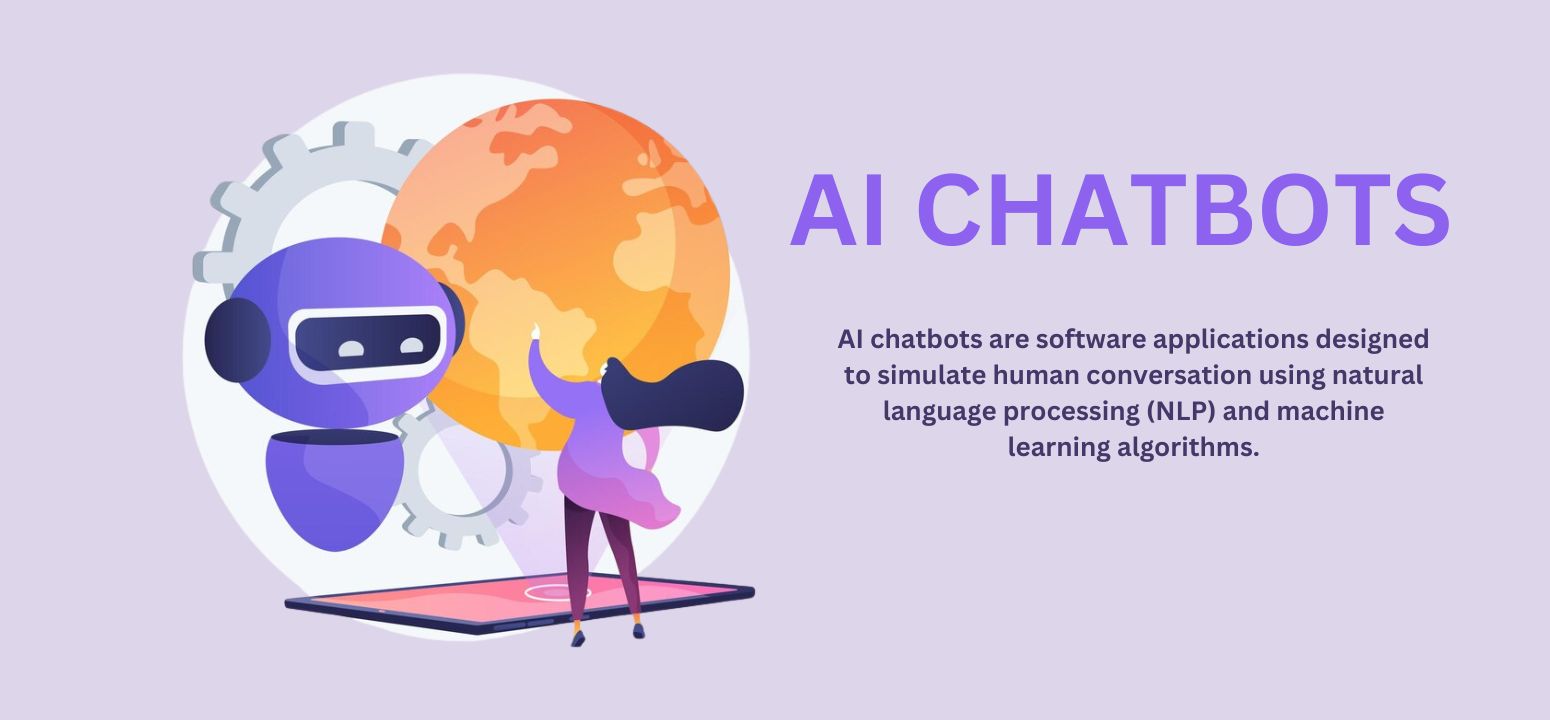
Introduction:
In today’s digital age, businesses are constantly seeking innovative ways to enhance customer engagement and streamline operations. One such innovation that has gained widespread popularity is the use of AI chatbots. These intelligent virtual assistants are transforming the way businesses interact with customers, providing instant support, personalized experiences, and efficient solutions round the clock. In this blog post, we’ll delve into the reasons behind the growing popularity of AI chatbots, exploring their functionality, benefits, and advancements in technology.
Definition and Functionality of AI Chatbots
AI chatbots have become integral tools for businesses looking to enhance customer service, streamline operations, and improve user engagement. But what exactly are AI chatbots, and how do they function?
Definition:
AI chatbots, short for artificial intelligence chatbots, are computer programs or applications powered by AI algorithms that simulate human-like conversations with users. These virtual assistants are designed to understand natural language inputs from users and provide relevant responses or perform tasks autonomously.
Unlike traditional chatbots that operate based on predefined rules and responses, AI chatbots leverage advanced technologies such as natural language processing (NLP), machine learning, and deep learning to interpret and analyze user queries dynamically. This enables them to engage in more meaningful and contextually relevant interactions with users, mimicking human conversation to a remarkable extent.
Functionality:
The functionality of AI chatbots revolves around their ability to understand, process, and respond to user inputs in a conversational manner. Here’s how they typically work:
- User Interaction: AI chatbots interact with users through various communication channels, including websites, messaging apps, social media platforms, and voice assistants. Users can initiate conversations with chatbots by typing messages or speaking commands.
- Natural Language Processing (NLP): Upon receiving a user query or input, AI chatbots utilize natural language processing techniques to analyze and understand the text or speech. NLP enables chatbots to extract meaning, intent, and context from user messages, allowing them to formulate appropriate responses.
- Intent Recognition: AI chatbots identify the intent behind user messages to determine the appropriate action or response. This involves categorizing user queries into predefined intents or topics, such as inquiries about products, services, support issues, or general information.
- Response Generation: Based on the recognized intent and context, AI chatbots generate responses tailored to the user’s query or request. These responses can range from providing answers to questions, offering assistance or recommendations, executing commands, or initiating actions within integrated systems or databases.
- Learning and Adaptation: AI chatbots continuously learn and improve over time through machine learning algorithms. They analyze past interactions, user feedback, and data patterns to enhance their understanding, accuracy, and effectiveness in responding to user queries. This iterative learning process allows chatbots to become more proficient and capable over time.
- Integration with Backend Systems: In addition to interacting with users, AI chatbots can integrate with backend systems, databases, and third-party applications to retrieve or update information, perform transactions, or execute tasks on behalf of users. This seamless integration enables chatbots to provide comprehensive support and functionality across various use cases and business scenarios.
History of AI Chatbots:
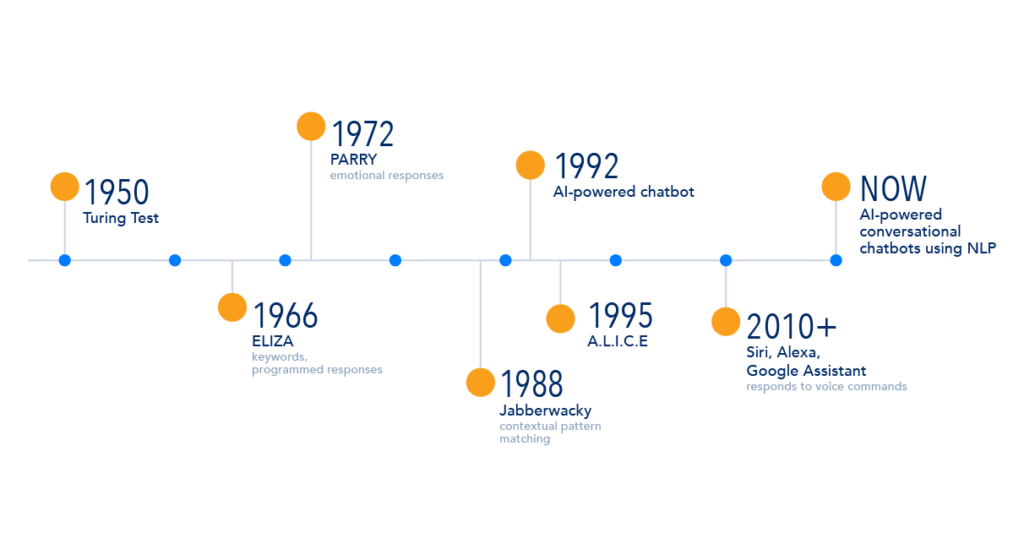
AI chatbots have been in existence for decades, yet recent advancements in artificial intelligence have propelled them to a level where they exhibit almost human-like qualities.
The origins of AI chatbots trace back to the mid-1960s, when computer scientists embarked on the ambitious task of creating programs capable of engaging in genuine conversations. However, these early attempts were rudimentary and rule-based. For instance, Eliza, a psychotherapy bot developed during this era, could provide responses but lacked the ability to hold coherent discussions.
In the 1970s, AI chatbots took a significant step forward with the introduction of pattern-matching techniques. PARRY, crafted in 1972 by Stanford psychiatrist Kenneth Colby, simulated a person with paranoid schizophrenia by utilizing syntax and word patterns to formulate responses. Its sophisticated design even managed to deceive some individuals into believing they were conversing with a real patient.
Transitioning to the late 1980s, Jabberwacky emerged with a more playful approach. While aiming to emulate natural human conversations, it still operated within the confines of predetermined responses. Despite its limitations, Jabberwacky garnered widespread attention from internet users who engaged with it casually during its nascent stages.
The true breakthrough for AI chatbots came in the 2000s with the advent of machine learning and natural language processing. A notable example is SmarterChild, launched in 2001, which revolutionized the landscape by analyzing extensive chat logs to discern patterns. Developed by ActiveBuddy and residing on AOL Instant Messenger, SmarterChild provided music recommendations, answers to queries, games, and conversational banter to millions of users. Unlike its predecessors, SmarterChild possessed the capability to dynamically respond to a wide range of topics, a feat achieved by matching user input to trained chat data. This marked a significant stride towards AI chatbots sounding more human, captivating the attention of teenagers who formed para-social relationships with it.
Fast forward to the present day, AI chatbots have undergone extensive evolution. They are now trained on massive text datasets using neural networks, deep learning, and large language models. This enables them to craft responses in real-time, engage in personalized conversations, and even display empathy. Among the leading players in this domain are ChatGPT, Bard, BingAI, and Perplexity AI.
In essence, AI chatbots have traversed a remarkable journey from their humble beginnings to becoming sophisticated conversational agents capable of emulating human-like interactions. With ongoing advancements in artificial intelligence, the future holds even greater potential for AI chatbots to redefine the way we engage with technology.
Benefits of Using AI Chatbots:
The popularity of AI chatbots can be attributed to a myriad of benefits they offer to businesses and customers alike. Let’s explore some of these benefits in more detail:
- Improved Customer Service: AI chatbots provide round-the-clock availability and instant responses to customer inquiries. Whether it’s a simple query or a complex issue, AI chatbots can efficiently handle customer interactions, leading to faster resolution times and heightened customer satisfaction. With AI chatbots, businesses can ensure that customers receive timely assistance regardless of the time of day or night.
- Cost Savings: By automating routine tasks and inquiries, AI chatbots significantly reduce the need for human customer support agents. This automation translates to substantial cost savings for businesses, as they no longer have to allocate resources towards maintaining a large support team. With AI chatbots handling repetitive tasks, human agents can focus on more complex and high-value customer interactions, maximizing efficiency and productivity.
- Enhanced User Experience: AI chatbots offer personalized interactions and recommendations tailored to each user’s preferences and behavior. By leveraging machine learning algorithms, chatbots can analyze user data and provide relevant and timely assistance. This personalized approach enhances the overall user experience, making interactions with the business more efficient, enjoyable, and memorable. Customers feel valued and understood, fostering loyalty and long-term relationships.
- Scalability: AI chatbots have the unique ability to handle multiple conversations simultaneously, making them highly scalable solutions for businesses of all sizes. Whether dealing with a handful of inquiries or a surge in customer traffic, AI chatbots can seamlessly manage the workload without compromising quality or efficiency. This scalability ensures that businesses can scale their customer support operations to meet growing demand without the need for significant investments in additional resources.
- Data-driven Insights: By analyzing user interactions and behavior, AI chatbots generate valuable insights and analytics that can inform business decisions and strategies. These insights provide businesses with a deeper understanding of customer preferences, pain points, and trends, allowing them to optimize processes and improve engagement strategies. With data-driven insights, businesses can identify areas for improvement, refine their offerings, and stay ahead of the competition.
Personalization and Customization Features:
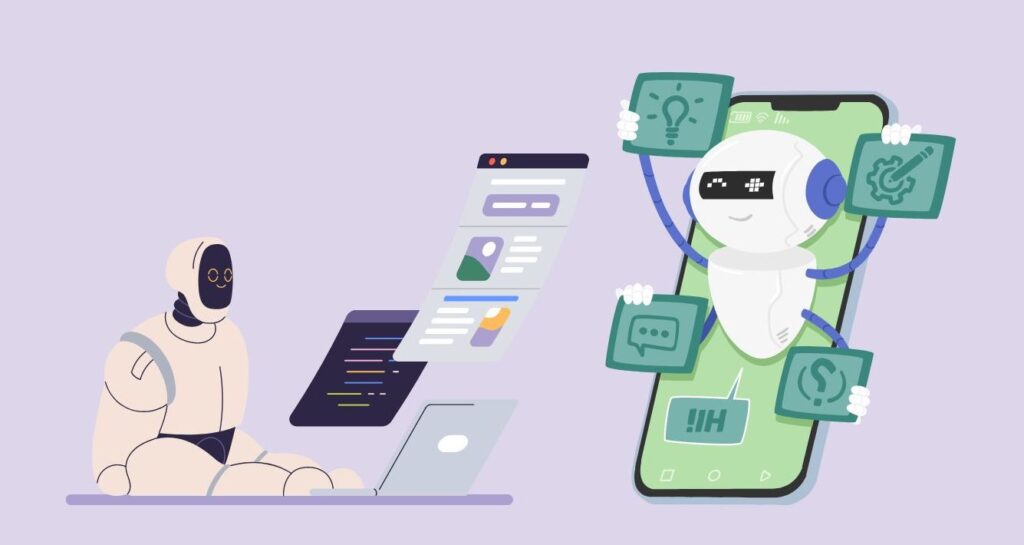
One of the key advantages of AI chatbots is their ability to deliver personalized experiences to users. Through advanced machine learning algorithms, AI chatbots can analyze user preferences, behavior, and past interactions to tailor responses and recommendations accordingly. This level of personalization not only enhances the user experience but also increases engagement and customer satisfaction.
Furthermore, AI chatbots integrate seamlessly with Customer Relationship Management (CRM) systems, allowing businesses to leverage valuable customer data to deliver more targeted and relevant interactions. By accessing customer profiles, purchase history, and preferences, AI chatbots can offer personalized product recommendations, promotions, and support, further enhancing the overall user experience.
Advancements in Natural Language Processing (NLP):
Recent advancements in Natural Language Processing (NLP) have significantly enhanced the conversational abilities of AI chatbots. These advancements enable chatbots to better understand context, intent, and nuances in language, resulting in more natural and engaging interactions with users.
Improved NLP capabilities allow AI chatbots to interpret complex queries, understand slang and colloquialisms, and provide more accurate responses. Additionally, AI chatbots can detect sentiment and emotion in user messages, allowing them to adapt their tone and responses accordingly, leading to more empathetic and human-like interactions.
Popularity of AI Chatbots:
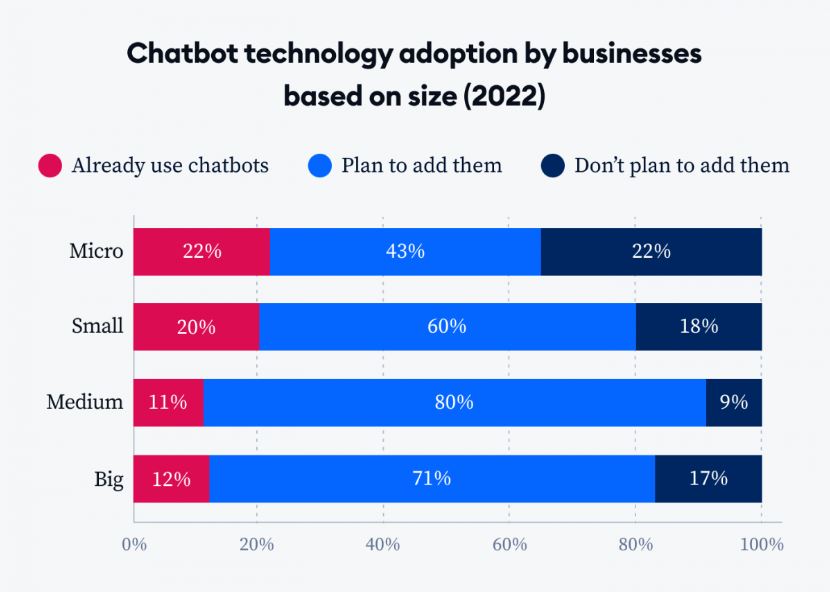
Source : TIDIO
AI chatbots have gained significant popularity globally due to their ability to communicate effectively with people, save time and resources, and improve overall business processes. Here are some key trends and statistics that highlight their growing importance:
- Global Market Size and Growth:
- The global chatbot market size was estimated at USD 3,517.73 million in 2021 and USD 4,485.48 million in 2022, with a projected growth rate of 27.68% to reach USD 15,246.15 million by 2027.
- User Experience and Satisfaction:
- 90% of chatbot users have positive or neutral experiences, indicating that chatbots are well-received by users.
- 34% of consumers find AI chatbots in customer service helpful, and 35% believe they can solve problems efficiently most of the time.
- Customer Support and Adoption:
- 49% of US adults have used AI chatbots for customer service in the past 12 months, and 77% believe chatbots will transform their expectations of companies in a positive way in the next five years.
- 60% of consumers worldwide believe they can distinguish between human customer service and AI chatbots, with 58% of Americans able to differentiate between the two.
- Chatbot Forecasts and Predictions:
- By 2027, around 25% of organizations are predicted to rely on chatbots as their main customer service channel.
- Global retail spending on chatbots is forecasted to hit $72 billion by 2028, up from $12 billion in 2023.
- AI Chatbot Models and Alternatives:
- ChatGPT is the original AI chatbot and remains a popular choice, with 19% of Americans having used it in the past three months.
- Other notable AI chatbots include Claude (longest conversation memory), Microsoft Bing AI (online search, text, and image generation), and Google Gemini (integration with Google apps).
- User Preferences and Concerns:
- 13% of AI chatbot users in the US occasionally use them to simply “have a conversation with someone,” indicating a desire for human-like interaction.
- Concerns about the potential negative impact of AI on human relationships and the rise of AI bots marketed as “virtual girlfriends” are also being addressed.
Overall, AI chatbots are becoming increasingly popular due to their ability to streamline business processes, improve customer experiences, and provide efficient support. As AI technology continues to evolve, it is likely that chatbots will play a significant role in shaping the future of customer service and communication.
Conclusion:
In conclusion, AI chatbots have become increasingly popular due to their ability to revolutionize customer engagement by offering efficient, personalized, and cost-effective solutions. Businesses across various industries are leveraging AI chatbots to streamline operations, enhance user experiences, and drive growth. As AI technology continues to advance, we can expect AI chatbots to become even more sophisticated and integral to businesses’ customer service strategies.


